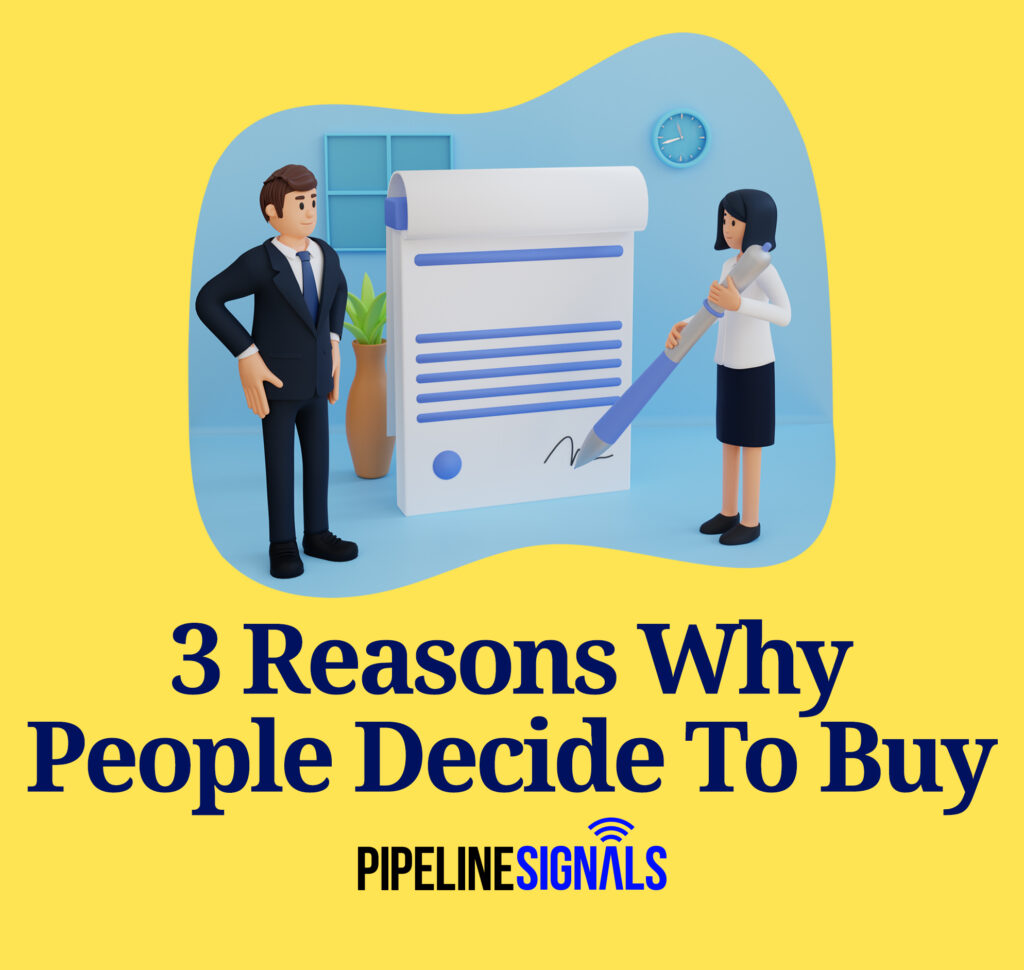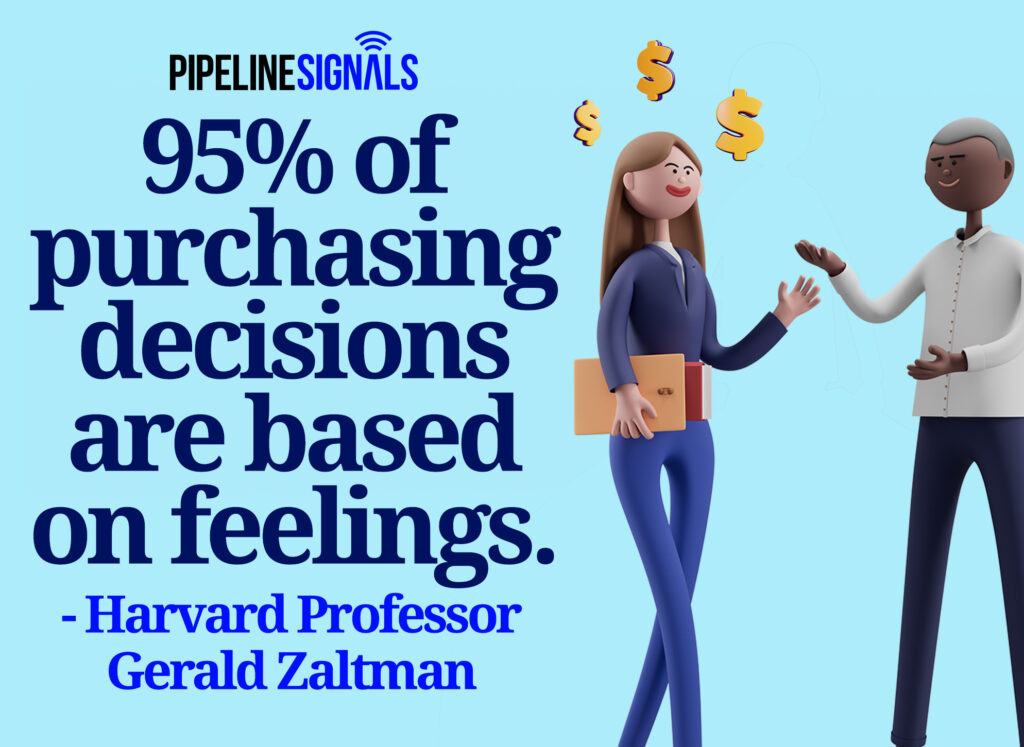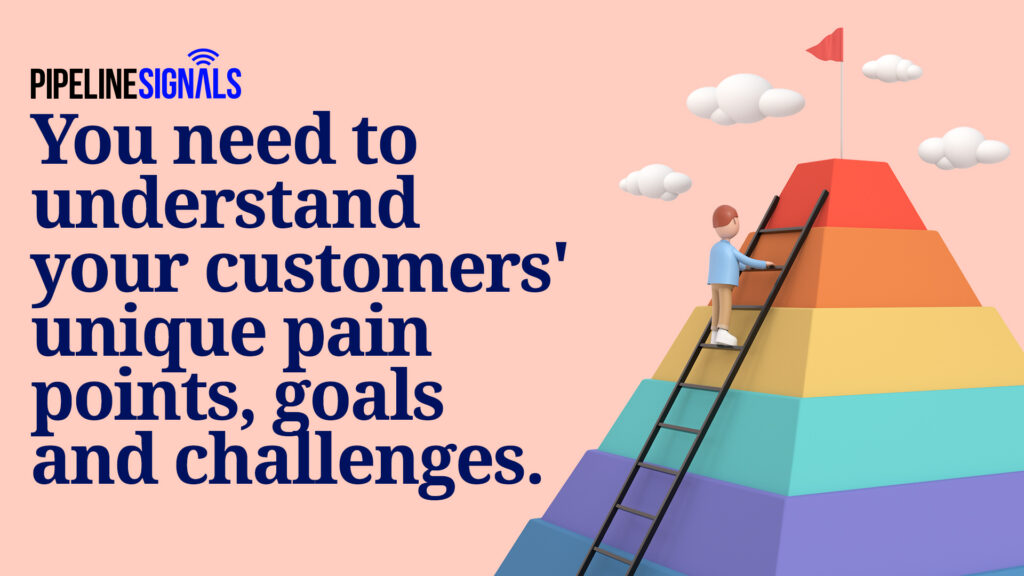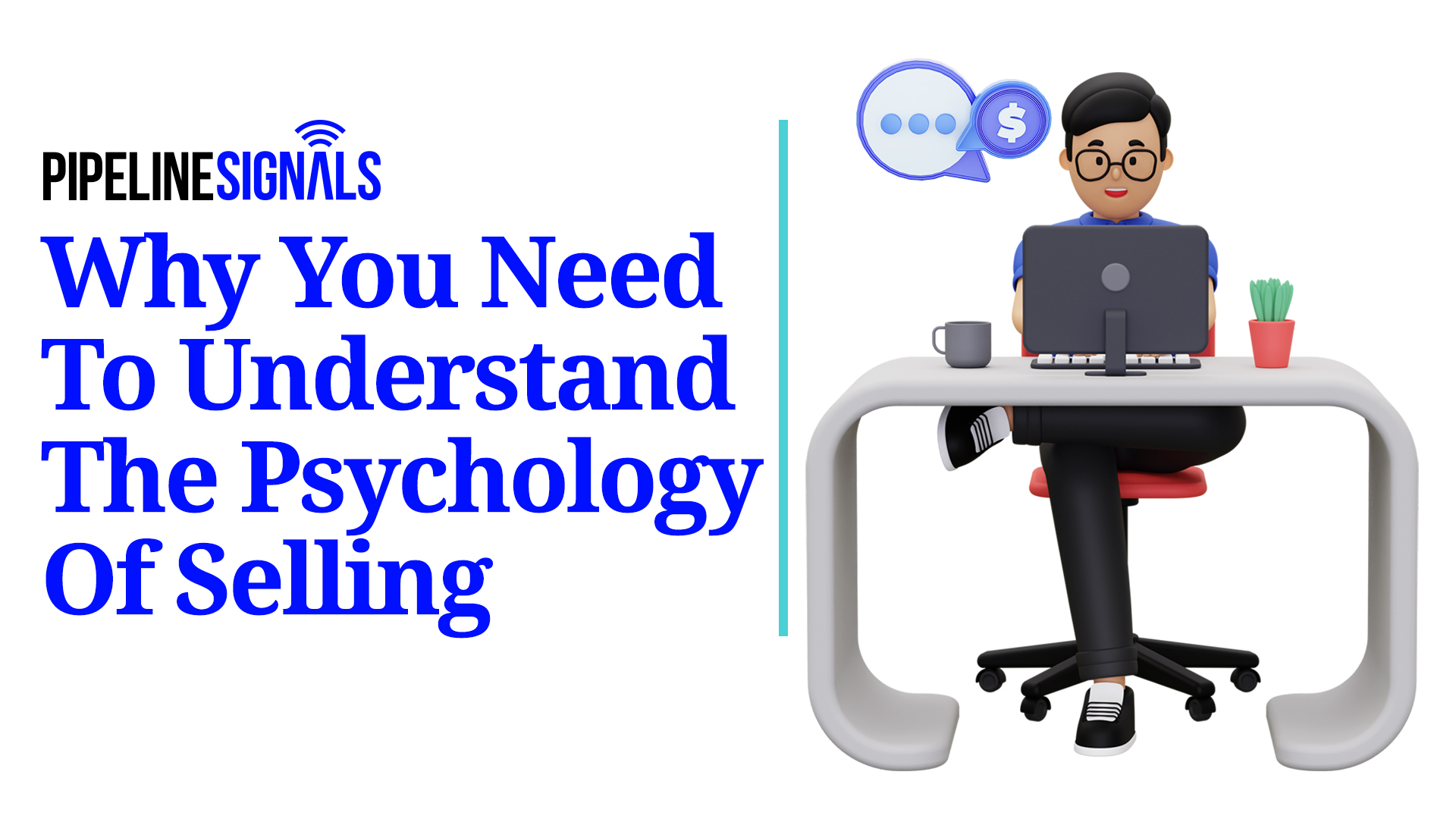What makes us tick? The answer is Psychology! It has been a widely disputed question for thousands of years. Ever since the first Customer Service department opened, marketers have been trying to understand how people think, what they believe, and what they want. The meaning of an offer changes with every perspective and grows with the human being.


3 Reasons Why People Decide To Buy And How You Can Use These To Increase Your Sales
One of the most important things to know about your sales leads is how they make buying decisions. If you don’t understand their psychology, it’s impossible to craft a message that resonates with them.
You need to know what kind of information they value, what type of language they respond to, and what incentives will motivate them to buy from you instead of your competitors.


#1: Emotion.
They say: “You can’t argue with science.”
But if you take a closer look at sales, you’ll find that science is pretty flexible, especially for the human mind.
According to studies, 95% of purchasing decisions are made subconsciously and based on feelings. That’s right—most people don’t even realize they’re buying something until after they’ve done it.
This is because something called “anchoring” occurs in our brains when we make a purchase—we anchor ourselves to an item or service, and then we make our decision based on whether or not it meets our expectations. If it does, we feel good about it; if it doesn’t, we don’t.
And since most of us prefer feeling good to feeling bad (and since most of us don’t think about how much money we’re spending), this means that if you want your business to succeed in today’s marketplace, you need to pay attention to how things feel: your product or service should be designed so that people feel good about buying them—it should meet their expectations and exceed them!
Your Sales Play:
The best way to make a sale is by appealing to your customers’ feelings. This is because emotions drive people to buy, not logic or facts. There’s evidence that people are more likely to buy when they feel optimistic about offering the product or service. We say that your ability to appeal to their feelings will be your competitive advantage, so you’ll have more chances of winning the sale.
#2: Validation.
We’ve discussed that customers make purchase decisions based on emotions. But did you know that they also want to be validated (yes, even from sales reps) from the beginning?
People don’t make purchase decisions based on logic but rather on emotions. And they want you to validate their experience from the beginning of your sales call.
When a customer calls in, they’re looking for someone who understands them, and they want to feel like they can trust you. That’s why it’s so crucial for your callers to feel that spark of connection with their sales rep—that sense that you get how they think and what they need. And once you’ve established that connection, it’s time to start showing off your knowledge!
The best way for a customer to feel like your company understands them? And is it trustworthy? And has their best interests at heart? It is by hearing about how you can help them solve their problem and do it!
Your Sales Play:
If you’re a good listener, your leads will feel heard. If they feel listened to, they’re going to feel accepted. And if they feel accepted? They’re going to be more likely to buy from you.
It’s simple—when you listen to the feelings of the people you’re selling to, they’ll feel like they can trust you and want to work with you. They’ll also appreciate that you’re willing to go through the work of listening instead of just talking to them or trying to sell them something.
Be an active listener by asking questions and paraphrasing what they’ve said so that they know you understand what they’re saying. And then be sure not to interrupt! Your lead might be having feelings that are hard for them to express, so give them space and time while they figure out how best to tell their story.


#3: Personalization.
What’s the secret to delivering that personalized experience?
They want to feel like you get them—and that you’re there for them.
You need to tell your story in a personal and authentic way, so they can feel like you’re on their side. You need to understand your customers’ unique pain points, goals, and challenges—and tailor your product or service offerings accordingly.
For example, if you are selling a software product to an engineering firm, you will want to understand the unique challenges that engineers face daily. In addition to this, you will need to know what kind of technology they are currently using and what they would like to see in the new software. You can then use this information to create features specific to their industry and needs. This will help ensure that your product is well received by customers.
Your Sales Play:
You’ve heard it before: “Treat every lead like a person.” But what does that mean, exactly?
You should never forget that each lead has a unique personality and needs. They’re not all the same. They don’t have to be. And you shouldn’t treat them as if they are.
So how do you do it? Look at your leads’ profiles and figure out their interests and goals. Think about what they care about and what they want to accomplish—and then tailor your messaging to fit those needs.
Conclusion
The most important thing to remember about these psychological tricks is that they’re not meant to trick anyone—they’re meant to make sure that everyone wins. When you use these techniques, people will feel like they are in control of their interactions with you, and they will be more likely to trust what you say. When it comes time for them to buy from you, they will already be open to the idea!


